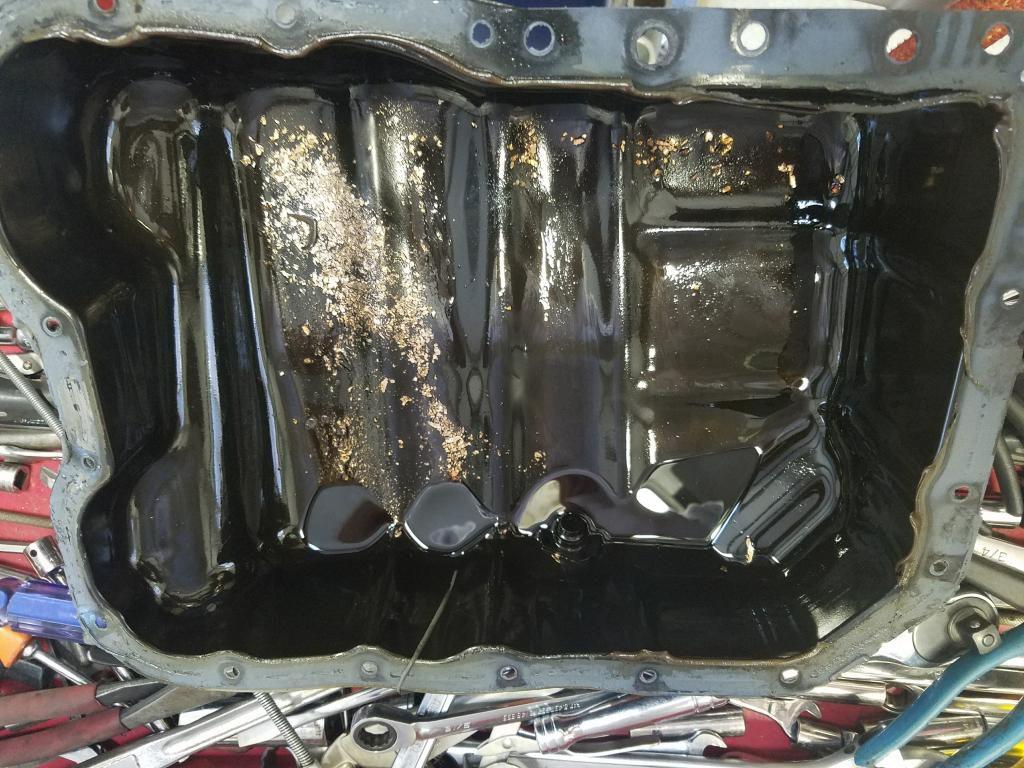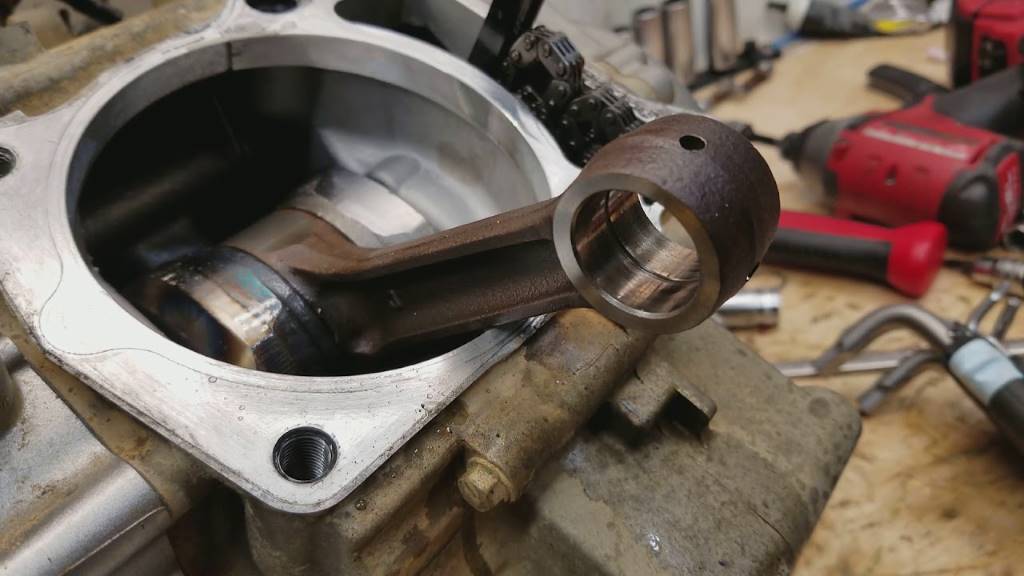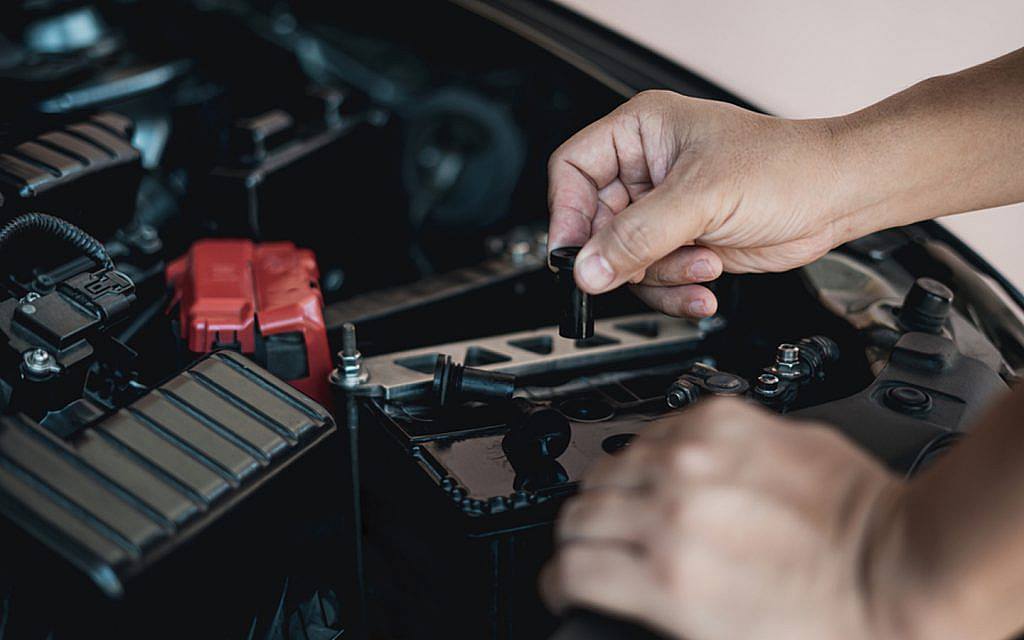How to Unseize an Engine that Ran Out of Oil? Quick Solution!
It is easy to find out how to unseize an engine that ran out of oil. We have a useful solution for you that will provide the instant answer to how to unlock a seized engine. People usually think that if the engine is seized due to a shortage of oil, there is nothing left to do.
It is not true. You can treat the seized engine with the right technique. Let’s explore now!
How To Unseize An Engine That Ran Out of Oil?
An engine seizing due to running out of oil is a serious issue that requires prompt action to prevent further damage.
When an engine lacks sufficient lubrication, the metal components can overheat, expand, and seize together, making it difficult or impossible to start.
However, with the right approach and some patience, it’s possible to unseize the engine and potentially avoid costly repairs. Here’s a step-by-step guide on how to unseize an engine that ran out of oil:
If you are sure about the condition of your engine, you are in the right place. The below procedure helps you ignite the engine all over again. So without further ado check it out.
Note: Safety first
Before attempting to unseize the engine, ensure the vehicle is parked on a flat, level surface with the parking brake engaged.
Make sure the ignition is off, and disconnect the battery to prevent any accidental starts. And don’t forget to wear gloves because some parts can be sharp and edgy! (e.g. piston rings).

1. Disintegrate
Pull apart the cylinder head and crankshaft in case the oil penetration doesn’t work. It is easier to do for smaller engines.
In multiple cylinders, investigate each tube for any fault. In case you didn’t figure out anything, open the cap and look for the cause.
Take off the cap of the erroneous cylinder and rotate the crankshaft. Now try to thump out the piston.
You can take the help of wood so that it remains as it is. Ensure that the disk is capable of sliding the bottom of the cylinder without hurting the crankshaft.
You have to be careful during the process as any of your maintenance tips won’t be able to tackle any mistake. Whenever you think about how to unseize an engine that ran out of oil, the first thought that comes to mind is the stuck piston.
If the piston is still stuck even after applying this step, it’s time to contact the experts.
SEE MORE:
2. Review the Damage
No matter what caused your engine to seize, both the cylinder and piston are damaged. The stuck can be the reason for the broken ring.
Check the ring of the piston. If everything is alright, try to rotate it in the piston groove. The wedged rings can be cured with oil lubrication. Replace the rings if it’s required.
The seized engine due to lack of oil can distort the pistons. Clean it thoroughly in the perfect light. In case it’s torn or cracked, it is preferable to contact the experts.
3. Check the Bottom
Don’t forget to check the connecting rods & wrist pin bearing. The knocking sound is the indicator of worn wrist pins.
Lay the connecting rods on a table or surface and ensure that it’s wrapped. In case you are installing the new rings make sure that you are familiar with the direction of the bevels. Properly position the gaps.
Once the pistons are successfully installed, coat both cylinder and the piston with clean engine lubrication. You can use a compressor to compact rings into the groove.
Put everything back together and try to move the engine. It will move liberally now.

FAQs on Unseizing An Engine That Ran Out Of Oil
-
What causes an engine to seize when running out of oil?
Running out of oil is detrimental to the engine’s health because it serves as a lubricant that reduces friction between moving parts.
When oil levels are low or completely depleted, the metal components can overheat, warp, and seize together due to increased friction and heat.
-
Can I use engine additives to unseize the engine?
While some engine additives claim to unseize engines, their effectiveness can vary, and they may not address the underlying damage caused by running out of oil. It’s best to prioritize manual methods and professional help for severe cases.
-
Is unseizing an engine a guaranteed fix?
Unseizing an engine is not always a guaranteed fix, especially if the engine has suffered significant damage from running without oil. In some cases, the damage may be irreversible, and engine replacement or major repairs might be necessary.
-
What are the signs that my engine is seized?
Common signs of a seized engine include a sudden loss of power while driving, a distinct knocking noise from the engine, and the inability to start the vehicle.
-
Can an engine seize temporarily and then become operational again?
In some cases, an engine may seize temporarily due to minor issues, such as rust or debris, and may become operational after applying penetrating oil and gentle turning. However, persistent engine seizures require professional attention.

-
Can I prevent engine seizure by regularly checking the oil level?
Yes, regular oil level checks and maintenance are crucial to preventing engine seizure. Maintaining the proper oil level and adhering to recommended oil change intervals can significantly extend the engine’s life.
-
What if I continue to force the engine to turn even if it’s seized?
Forcing a seized engine to turn can lead to catastrophic damage, such as bent connecting rods, warped cylinder walls, or broken components. It’s essential to stop any attempts if the engine does not turn freely.
-
Is a seized engine the same as a locked engine?
While both terms refer to the engine not turning freely, a locked engine may result from other issues, such as a malfunctioning starter or transmission. A seized engine specifically relates to damage from oil starvation.
-
Can an engine be unseized but still require repairs?
Yes, unseizing the engine may resolve the immediate issue, but it doesn’t guarantee that other damage hasn’t occurred.
It’s advisable to have a professional inspect the engine for potential damage and perform necessary repairs.
-
Why is professional help recommended for severe cases of engine seizure?
Professional mechanics have the expertise and tools to diagnose the extent of engine damage accurately.
They can identify any additional issues caused by running out of oil and recommend the best course of action for repairs or replacement.
-
Can regular oil changes help prevent engine seizure entirely?
Regular oil changes are a fundamental part of engine maintenance and can significantly reduce the risk of engine seizure. Fresh, clean oil provides proper lubrication and cooling, which helps keep the engine running smoothly.
Check out this video from Project Farm to get some common signs of engine locked up with no oil and how to fix this issue!
Conclusion
Unseizing an engine that ran out of oil is a delicate process that requires caution and patience. Whenever you are looking for methods on how to unseize an engine that ran out of oil, use this method to amplify the lifespan of your engine.
However, while DIY attempts may work in some cases, it’s essential to recognize when professional expertise is necessary. If in doubt, consult a skilled mechanic to assess the engine’s condition and ensure proper repairs are carried out.














